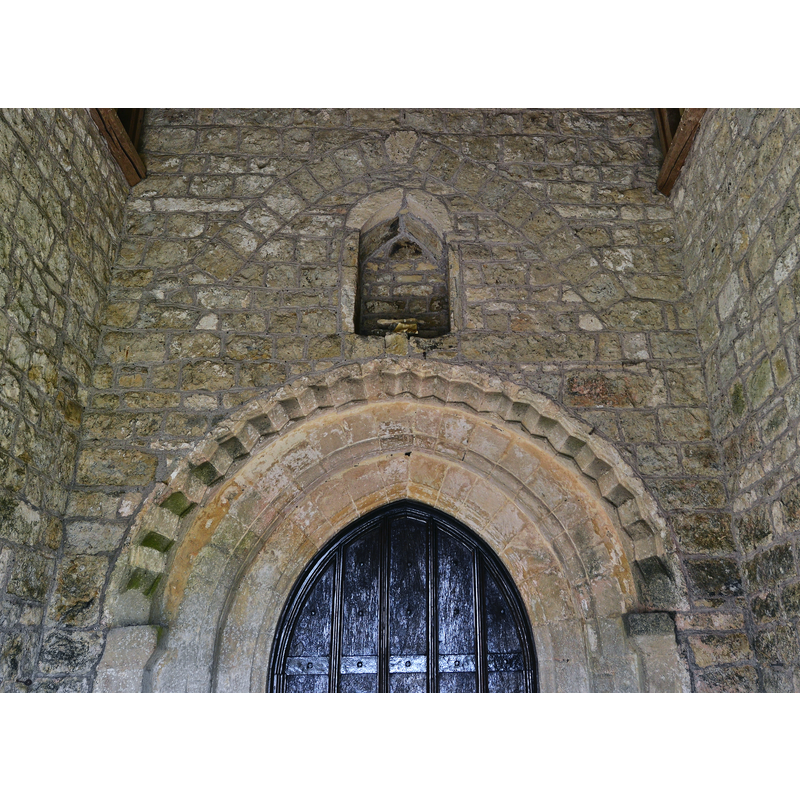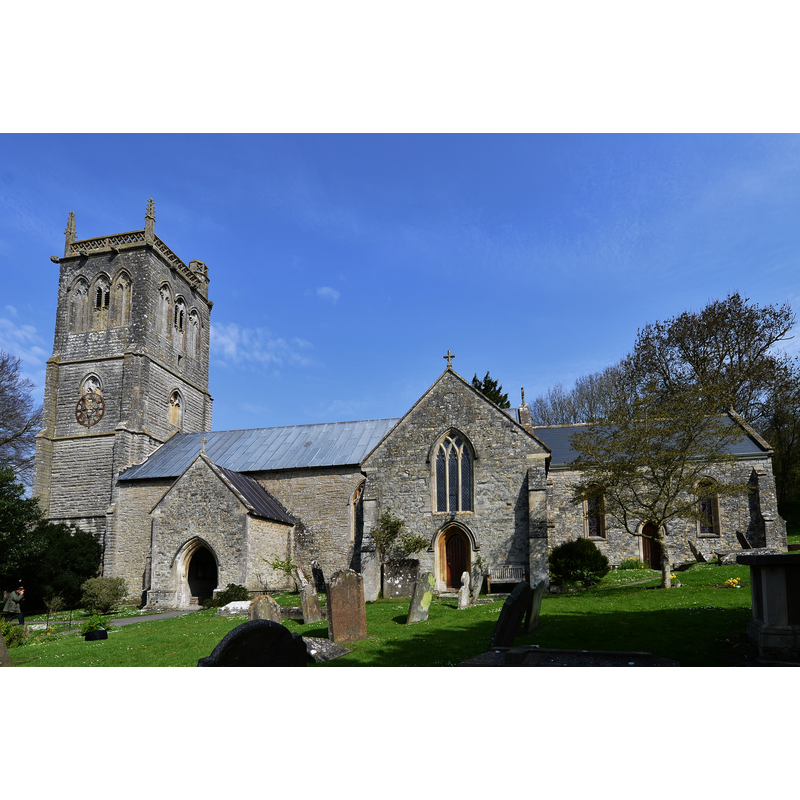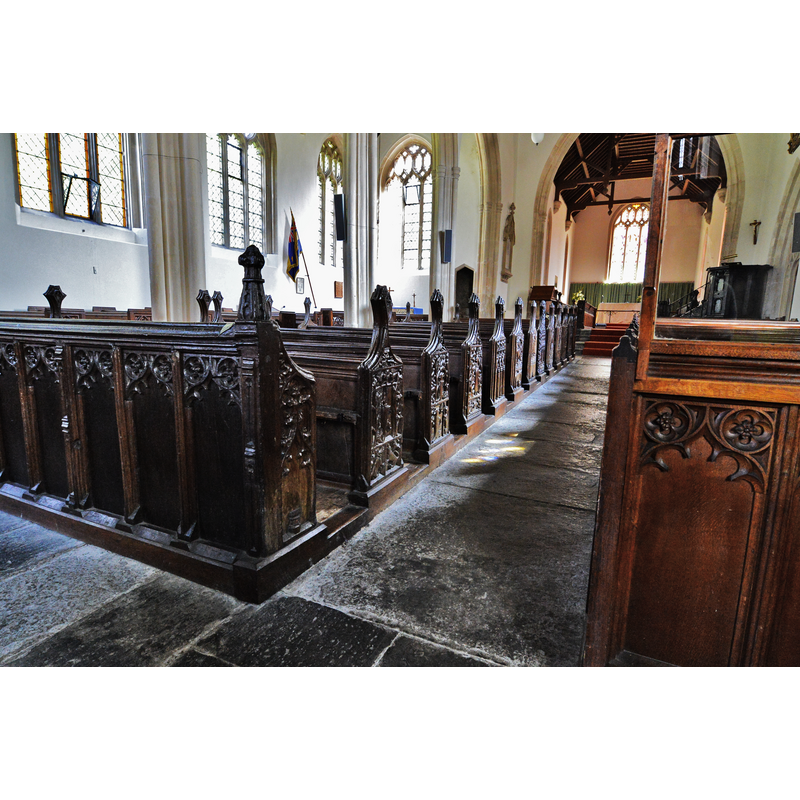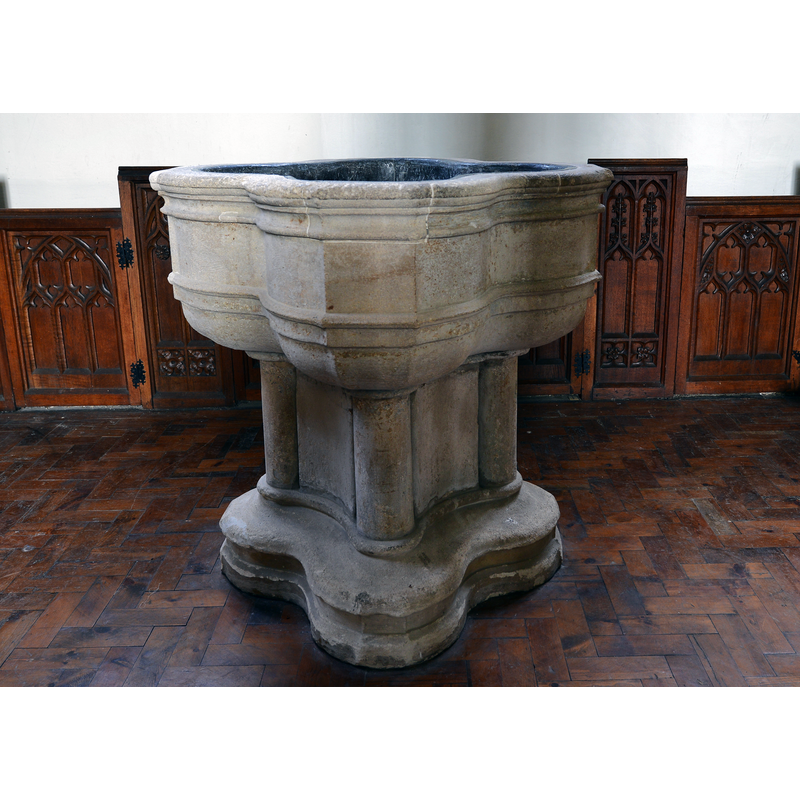Brent Knoll No. 1 / South Brent nr. Burham-on-Sea
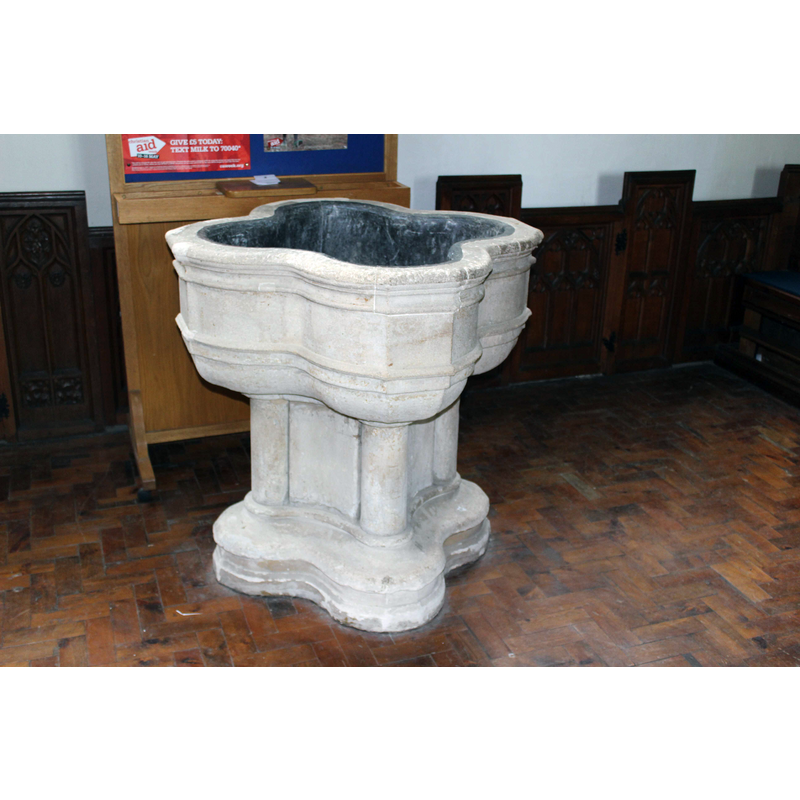
Image copyright © Ian / Cornish Churches, 2024
Standing permission
Results: 6 records
view of basin
Scene Description: Source caption: "Brent Knoll: St Michael's Church; the font. Detail of the top of the font"
Copyright Statement: Image copyright © Michael Garlick, 2015
Image Source: digital photograph 16 April 2015 by Michael Garlick [https://www.geograph.org.uk/photo/4450233] [accessed 29 April 2024]
Copyright Instructions: CC-BY-SA-2.5
view of church exterior - south portal - detail
Scene Description: Source caption: "Brent Knoll: St Michael's Church; South entrance porch. The exterior of the south door with its Norman arch; sadly the niche sculpture is missing."
Copyright Statement: Image copyright © Michael Garlick, 2015
Image Source: digital photograph 16 April 2015 by Michael Garlick [https://www.geograph.org.uk/photo/4450227] [accessed 29 April 2024]
Copyright Instructions: CC-BY-SA-2.5
view of church exterior - south view
Scene Description: Source caption: "Brent Knoll: St Michael's Church, south aspect. The church is situated on a hill around 450 feet high not too far from the A38 to Burnham on Sea, parts of it date from the 14th century."
Copyright Statement: Image copyright © Michael Garlick, 2015
Image Source: digital photograph 16 April 2015 by Michael Garlick [https://www.geograph.org.uk/photo/4450178] [accessed 29 April 2024]
Copyright Instructions: CC-BY-SA-2.5
view of church interior - looking east
Scene Description: Source caption: "Brent Knoll: St Michael's Church; bench ends. This is a view of the magnificent bench ends that are on the north side of the aisle; dating from the 14th century, they are beautifully carved with the most amusing and satirical ones being those nearest the camera."
Copyright Statement: Image copyright © Michael Garlick, 2015
Image Source: digital photograph 16 April 2015 by Michael Garlick [https://www.geograph.org.uk/photo/4450228] [accessed 29 April 2024]
Copyright Instructions: CC-BY-SA-2.5
view of font
Scene Description: Source caption: "Brent Knoll: St Michael's Church; the font"
Copyright Statement: Image copyright © Michael Garlick, 2015
Image Source: digital photograph 16 April 2015 by Michael Garlick [https://www.geograph.org.uk/photo/4450211] [accessed 29 April 2024]
Copyright Instructions: CC-BY-SA-2.5
INFORMATION
FontID: 13377BRE
Object Type: Baptismal Font1
Church/Chapel: Parish Church of St. Michael
Church Patron Saints: St. Michael
Church Location: Church Ln, Brent Knoll, Highbridge TA9 4DG, United Kingdom -- Tel.: +44 1278 769082
Country Name: England
Location: Somerset, South West
Directions to Site: Located off (E) the B3140, W of the A38 and M5, 4 km NE of Burham-on-Sea and Highbridge [NB: the village was formerly named South Brent]
Font Location in Church: Inside the church
Century and Period: 13th - 14th century, Medieval
Credit and Acknowledgements: We are grateful to Ian, of the Cornish Churches Web Site [www.cornishchurches.com], for his photograph of this font
Church Notes: 11thC church, much modified since
Font Notes:
Click to view
No entry found for Brent Knoll in the Domesday survey. Described in Rutter (1829): "The font is of considerable antiquity, and from its more than usual depth and capacity, was calculated to admit of baptism by immersion, if required." Noted in Wade & Wade (1929) as a "font of unusual shape". The entry for this church in Historic England [Listing NGR: ST3354050744] notes: "Parish Church. C11, C14, C15; C19 restoration [...] C11 quatrefoil font, C19 cover." Several sources refer to this font as Romanesque and date it 11th-century; it is neither, as the editor of the CRSBI entry [https://www.crsbi.ac.uk/view-item?i=3711] [accessed 30 April 2024] notes: " In the opinion of the editor this font is unlikely to be either Romanesque or Anglo-Saxon; it presents parallels with the fine mouldings and ogee profiles typical of 14thc work [...] In the opinion of the editor this font is unlikely to be either Romanesque or Anglo-Saxon; it presents parallels with the fine mouldings and ogee profiles typical of 14thc work". There is a fairly lengthy write-up on this font in cloudfront.net [no author or date given] [https://d3hgrlq6yacptf.cloudfront.net/5faea5ef35230/content/pages/documents/8-the-north-aisle-211122.pdf] [accessed 29 April 2024] that cires several sources: "At the western end of the aisle is the baptistry chapel, with its ancient font. Glynne commented, “The font is curious and early. The bowl is a sort of quatrefoil form with the rim and base moulded, the stem octagonal with moulded sides to which are attached 4 marble shafts without capital or bases and set lozenge wise.” It has been claimed that this is an original Norman font, though others have suggested that it is Early English. Pevsner states that it is, “highly unusual. C13-C14, a wavy quatrefoil in plan, with flat cardinal faces and strong upper and lower mouldings. Shaft-and-hollow stem and quatrefoil base.” More recently a book has been published containing the drawings of “Ancient Church Fonts of Somerset” by Harvey Pridham (Edited by Adrian J Webb, SANHS 2013). His drawings were made at the end of the nineteenth century and, in
particular, the Brent Knoll font was examined and drawn in June 1887. He assigns the font to the period 1250 – 1272, labelling this as the Transition from Early English to Decorated, which accords with the earlier part of Pevsner’s assessment. Pridham goes a little further than either Glynne or Pevsner by stating, “The outside form of this font is, as far as known, quite unique. It may be roughly described as a “waved” quatrefoil; only,
instead of four arcs of circles, the curves are all ogees.” He then refers to his “Detail Book,” whose whereabouts are now unknown, before continuing, “The font is of very unusual size, of freestone, and would accommodate, for total immersion, a person whom the Prayer Book would describe as being of ‘riper years.’ The inside bowl is of the same shape as the outside; that is, the margin is equally wide throughout. The inside
has vertical sides, lead lined; nearly flat plan; 32½inches inside diameter; 11 inches deep. No cover.” Although its depth is fairly standard, the interior diameter of this font is said to be the largest in Somerset.
Around 1800, Richard Warner did, A Walk through some of the Western Counties of England.” His walk
included South Brent, where he was fascinated by this font, discoursing about it at some length. “The font also
lays claim to a considerable antiquity, being deep and capacious intended for the total immersion of the infant
to be baptized.
COORDINATES
Church Latitude & Longitude Decimal: 51.252, -2.9539
Church Latitude & Longitude DMS: 51° 15′ 7.2″ N, 2° 57′ 14.04″ W
UTM: 30U 503217 5677850
MEDIUM AND MEASUREMENTS
Material: stone
Font Shape: quatrefoiled (mounted)
Basin Interior Shape: quatrefoiled
Basin Exterior Shape: quatrefoiled
Drainage Notes: lined inner basin
Rim Thickness: 10 cm*
Diameter (inside rim): 66-75.5 cm*
Diameter (includes rim): 92-100 cm*
Basin Depth: 28 cm*
Basin Total Height: 40 cm*
Height of Base: 60 cm [39 + 21]*
Font Height (less Plinth): 102 cm*
Notes on Measurements: * CRSBI
REFERENCES
Corpus of Romanesque Sculpture in Britain and Ireland, The Corpus of Romanesque Sculpture in Britain and Ireland, The Corpus of Romanesque Sculpture in Britain and Ireland. Accessed: 2024-04-30 00:00:00. URL: http://www.crsbi.ac.uk.
Rutter, John, Delineations of the North Western Division of the County of Somerset, and of its [...], Shaftesbury; London: Published by the Author; Longman, Rees & Co. [...], 1829
Wade, G.H., Somerset, London: Methurn & Co., 1929

